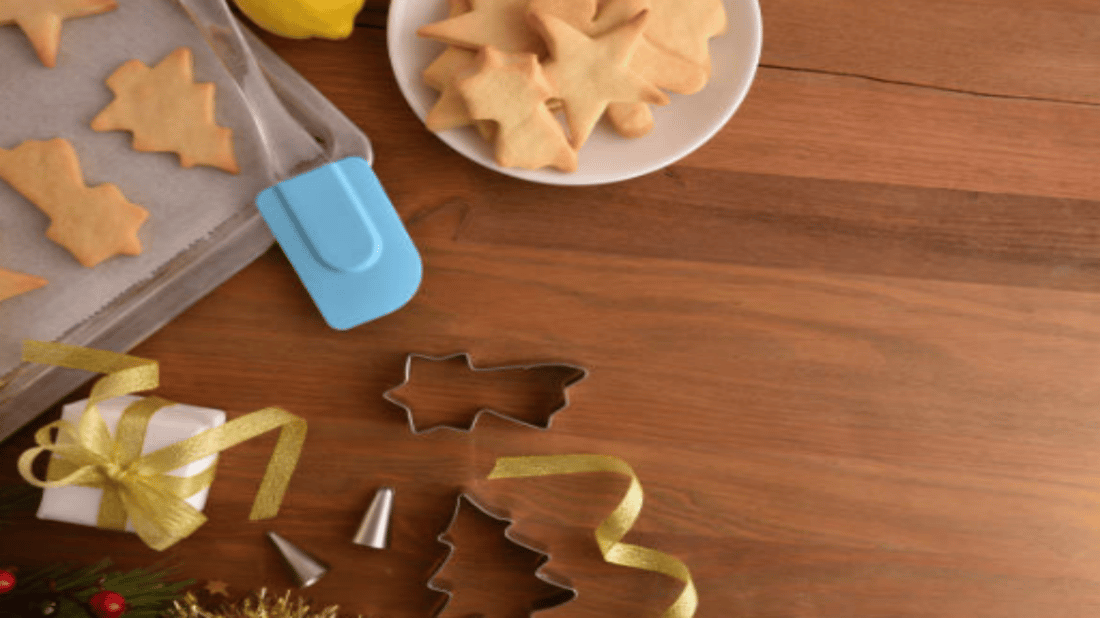Get the Scoop on baking definition
Baking is the process by which food is cooked using dry heat in an oven. It is a popular cooking technique that has been used for centuries around the world. From soft, fluffy cakes to crispy cookies, baking has its fair share of delicious creations. In this article, we explore the ins and outs of baking definition- from basic techniques to lesser-known terms.
A Quick Overview of Baking
At a basic level, baking involves heating food to a specific temperature in an oven. This temperature is usually between 300 and 450 degrees Fahrenheit, with different recipes requiring different settings. Baking is often used to cook baked goods like cookies, cakes, bread, and other pastries.
A Brief History of Baking
Baking has a rich and fascinating history that dates back thousands of years. The ancient Egyptians are credited with creating the first known oven around 2600 BCE. Baking became popular in Europe during the Middle Ages, where it was used to cook food for large groups of people. Today, baking is a staple in kitchens around the world.
Common Baking Terms
If you're new to baking, some of the terminology can be confusing. Here are some common baking terms you should be familiar with:
- Leavening agent: A substance that helps dough and batter rise, such as baking powder and yeast
- Creaming: The process of beating sugar and butter together to create a light and fluffy mixture
- Kneading: Working dough with your hands to develop gluten and create a smooth texture
- Dock: Pricking pastry dough with a fork to prevent air pockets from forming
- Folding: Incorporating ingredients into a mixture by gently lifting and folding them in with a spatula
Baking Techniques
There are many techniques you can use to get the best results when baking. Here are a few to get you started:
- Preheating: Always preheat your oven before baking to ensure a consistent temperature throughout the cooking process.
- Measuring: Baking is a science, so accurate measurements are crucial. Use measuring cups and spoons for best results.
- Sifting: Sifting flour and other dry ingredients can help prevent lumps and create a lighter texture in your baked goods.
- Lining: Use parchment paper or a silicone baking mat to protect your baked goods from sticking to the pan.
Baking Ingredients
Baking is all about using the right ingredients. Here are some essential items you should always have on hand in your baking arsenal:
- Flour: Whether you're making bread or cake, all baked goods require flour as the base ingredient.
- Sugar: Sweetness is a key part of many baked goods, so make sure you have granulated sugar, brown sugar, and confectioners' sugar at the ready.
- Eggs: Eggs are used for both texture and flavor in many baked goods, acting as a binding agent.
- Baking Powder and Baking Soda: Leavening agents help baked goods rise properly, and baking powder and baking soda are two common options.
- Salt: Just a pinch of salt can help enhance the flavors of your baked goods.
Baking Tips for Beginners
If you're new to baking, there are a few tips and tricks that can help you get started:
- Start with simple recipes and gradually work your way up to more complex dishes.
- Invest in quality baking equipment, including a digital kitchen scale and a stand mixer.
- Don't rush the process- patience is key when it comes to baking.
- Follow recipes closely, making sure to measure ingredients accurately and preheat your oven.
Conclusion
Whether you're an experienced baker or just starting out, understanding the basics of baking definition is crucial for creating delicious, mouth-watering treats. From common techniques to essential ingredients, we hope this article has given you a deeper appreciation for the art of baking.

